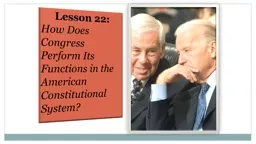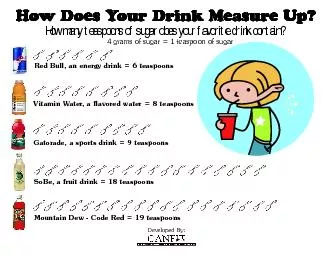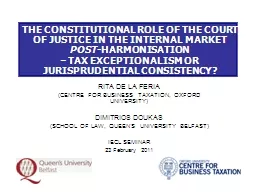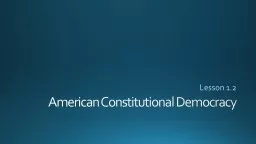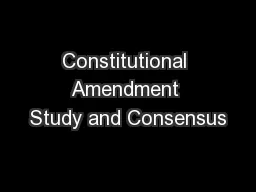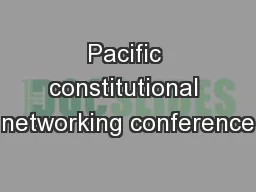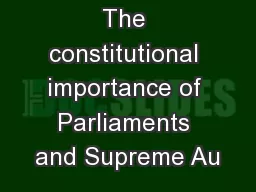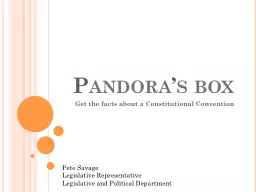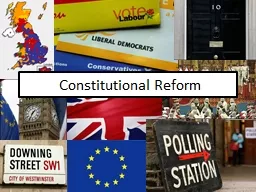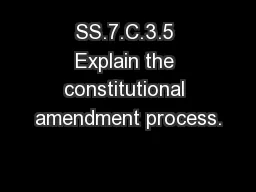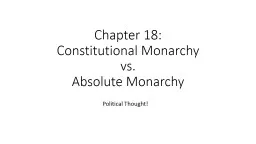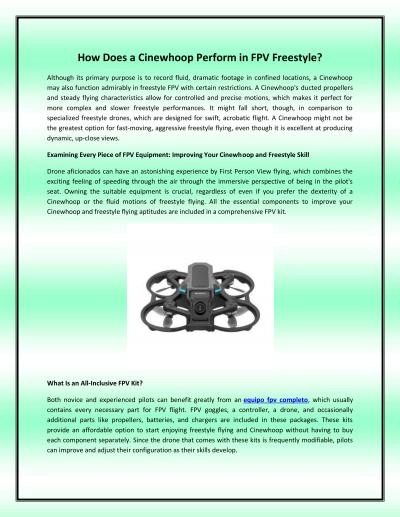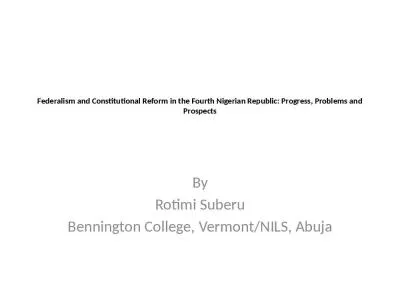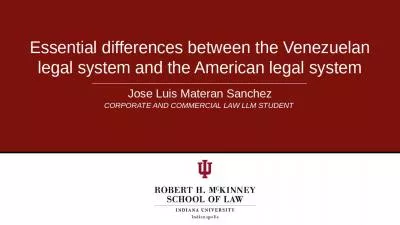PPT-Lesson 22: How Does Congress Perform Its Functions in the American Constitutional System?
Author : myesha-ticknor | Published Date : 2018-03-06
Purpose Congress is one of few national assemblies with the power to initiate legislation not simply vote on executives proposals Congress also conducts investigations
Presentation Embed Code
Download Presentation
Download Presentation The PPT/PDF document "Lesson 22: How Does Congress Perform Its..." is the property of its rightful owner. Permission is granted to download and print the materials on this website for personal, non-commercial use only, and to display it on your personal computer provided you do not modify the materials and that you retain all copyright notices contained in the materials. By downloading content from our website, you accept the terms of this agreement.
Lesson 22: How Does Congress Perform Its Functions in the American Constitutional System?: Transcript
Download Rules Of Document
"Lesson 22: How Does Congress Perform Its Functions in the American Constitutional System?"The content belongs to its owner. You may download and print it for personal use, without modification, and keep all copyright notices. By downloading, you agree to these terms.
Related Documents

